Today design employs innovative technologies like 3D printing. Do you think they will replace handicraft?
I think it’s a matter of personal choices: some designers will opt for technology; others, like me, will keep on working without employing it.
What’s the biggest difference between Italian and Indonesian design?
The difference is that the Indonesian people’s habits are affected by the local weather, therefore people live mainly outside, houses are open and they don’t have an actual interior decoration. They don’t employ tech materials as they use what’s provided by nature, and this simplicity reflects the state of their economy which is not wealthy.
What brings more character to an interior: an antique or a design item?
I come from the antiques field which represents history. Antique furniture display the value of handmade whilst contemporary items stand for technology. Mixing these two worlds is a personal choice which enriches an interior in terms of style.
What’s the source of inspiration for the creation for your pieces of furniture?
Everything inspires me. Sometimes it’s something I see, other times it’s the mathematic formula I rely on to produce the functional item I have in mind. A chair, for example, needs to have a certain size and be comfortable and soft, and those are the crucial features to start first the creative process and then the manufacturing one. To me a design object must be functional.
Tell us about your styles and techniques.
To me changing style means looking for an optimal way to produce an item, with no waste of either time or material. One of my first techniques, called “Crochet” because of its texture, took too much time and material. That brought me to develop a study to optimize the employment of iron and its hardness. My 12th and last technique is more rational and quick, yet with a pleasant appearance. I think there will be further techniques to come as I always try to perfect my work.
I started working with an industrial entrepreneur from Bologna who wanted to produce particular expensive objects, which were actually art pieces instead of design items, made out of 2 cm iron fragments. Later on I started assembling furniture by employing longer fragments of metal and a named this technique "Transparent". When I decided to opt for even longer pieces, I realized they needed to be thicker, so I switched from 3mm to 5 mm: I named this technique “Jackstraws” because it reminded me of the table game. My fourth technique, the “Minimalist” one, employs the 5mm iron in a tidier way, to reproduce only the essential framework of furniture and items. The fifth technique focuses on the metal sheet, with 9mm iron frameworks with a metal sheet upholstering. The sixth is an evolution of the minimalist technique with the addition of fabric, leather or even plastic. By employing a 9mm iron instead of the 5mm, I created the technique number seven. Coming from the antiques field I also tried to add some antique styles in my work, such as Baroque: to that end I employed a 9mm reinforcing rod to create an adorned collection, with removable colorful decorations. The ninth technique, called “Stracciona”, employs colorful fabrics weaved around the 9mm reinforcing rod with two different weaving methods: a zig-zag one and a tidier one featuring mainly vertical movements. I called it the “Barcode” technique. I also played with the Liberty style and the 9mm reinforcing rod by inserting the typical “Coup del fouet” pattern into the curves of the objects which by now are still just prototypes. My last experiment involves the 45x45 tubular aluminum with which I’m creating colorful squared furniture prototypes by myself in my own lab, without relying on external welders.
PHOTO COURTESY: Guia Adelasco
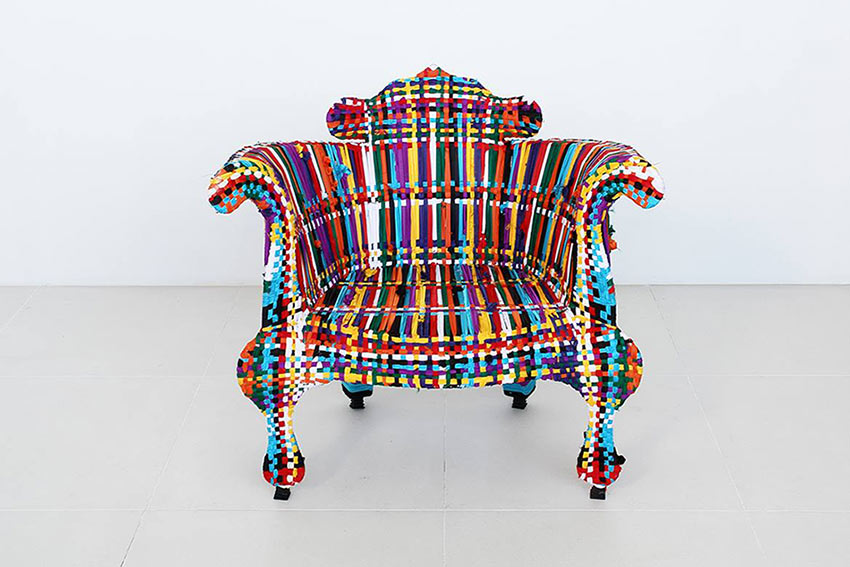

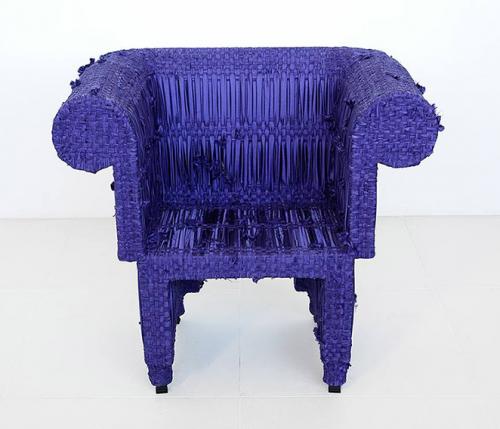
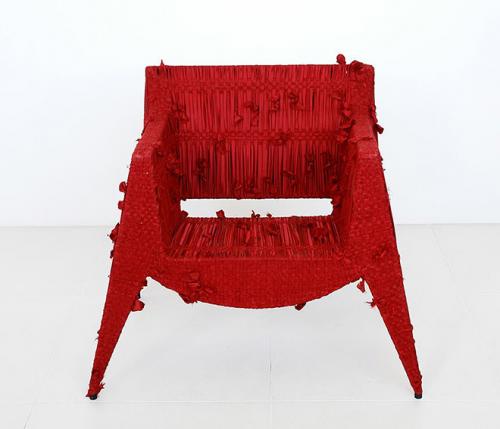
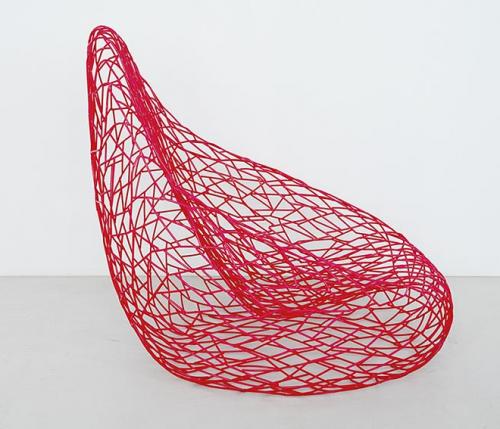
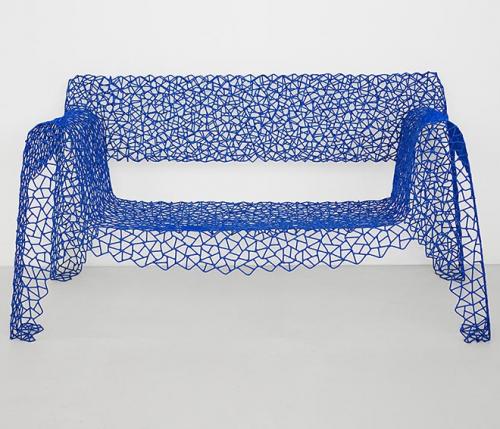
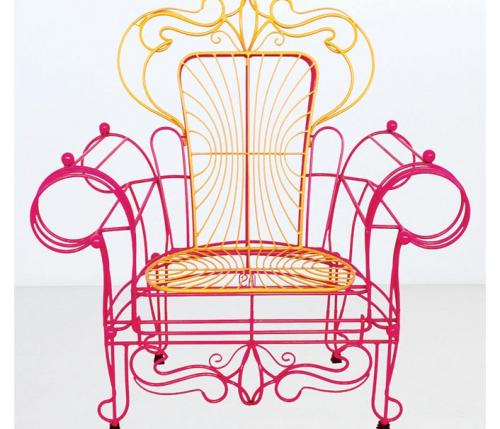
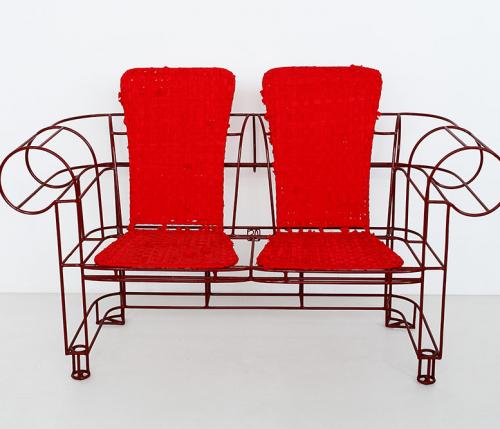
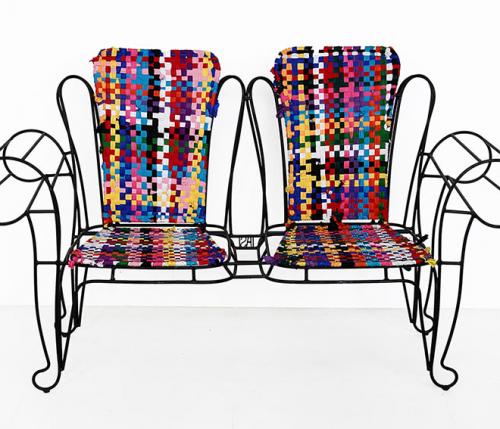
 Workspace Design Show: 2024 UK Edition
Workspace Design Show: 2024 UK Edition  Open-air elegance: Claudio Bellini x Higold, the symphony of outdoor design
Open-air elegance: Claudio Bellini x Higold, the symphony of outdoor design  A stylish oasis for outdoor spaces
A stylish oasis for outdoor spaces  How to capture your property's best features
How to capture your property's best features